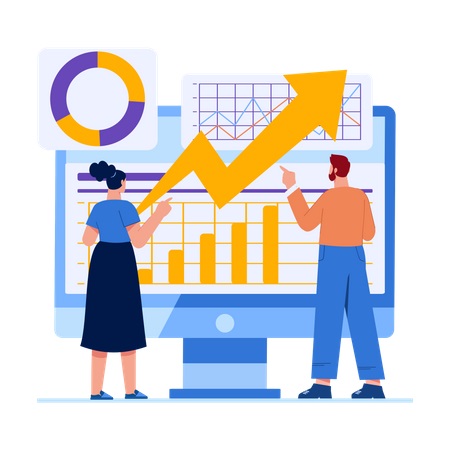PR has always been a dynamic industry. It keeps on evolving. Moulding perception, establishing new standards of credibility, shaping trends and concurrently taking our world forward. The industry has the power to build narratives that can turn ‘nothing’ into ‘something’.
The advent of new technology, like web 4.0 and big data are constantly changing the values this industry is built on. Data is an effective strategy devising tool that helps in building a good rapport with external stakeholders. With data insights, one can analyse the reasons behind previous trends and forecast future events of relevance.
There is no denying the fact that data is being recorded at every single tick of the clock. As per a report, internet users generate 2.5 quintillion bytes of data every single day. That’s 18 zeroes after 2.5. Now multiply it by 365. That is indeed complicated. This is what big data is. A highly complicated form of data consisting of both structured and unstructured information and is way too large to process. To be more precise, it’s data of considerable variety, arriving in significant volume and with higher velocity.
Big data provides insights into consumer preferences, user behaviour, and the likes and dislikes of the target audience. These insights ultimately help in managing public opinion, building strategies, and mitigating the implications of crisis. Understanding the psychology of your target audience enhances the decision-making process which further helps in risk management.
Corporations across a diverse range of industries are leveraging big data to identify trends, and correlations to comprehend the audience’s mindset and what influences the same. With big data, you can calculate the real factors that can shift the attention of the audience in the preferred direction. It helps you in employing a more result-oriented approach by eliminating those aspects which aren’t helping in bringing any potential gains. By this, you can distribute your efforts in proportion to the level of leads or affirmative customer base.
Big data can also assist in segregating and understanding the sentimental transitions of your niche audience. What influences people to buy that product/service? What makes them scroll down a website? How to keep them hooked to your blog? Where do they face disruptions? How to not lose your customer base to competitors? Big data can provide an answer to all these questions. It’s an insight into the customer journey, a guide to their psychology, and a new definition of the funnel theory. If used correctly, big data can propose winning strategies that will ultimately help your brand in building a lasting link with the targeted audience.
And perhaps, this is what big brands are battling for in this extremely crowded market, a lasting link with the audience.






